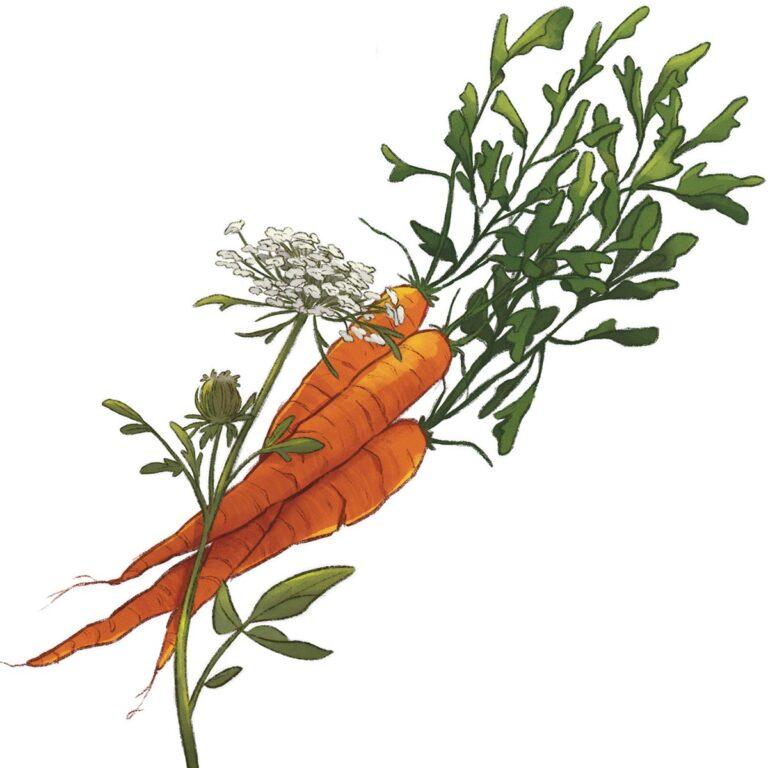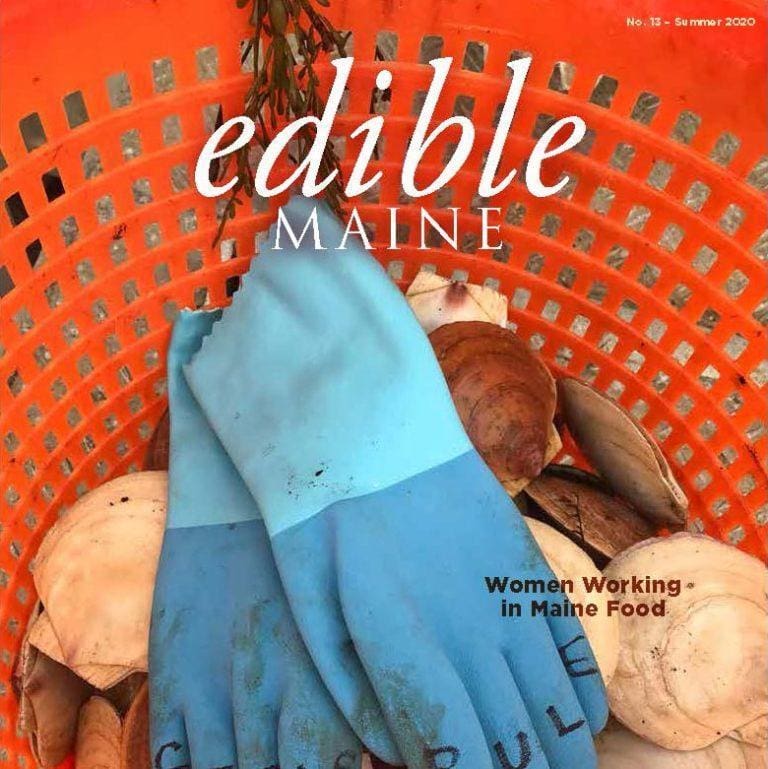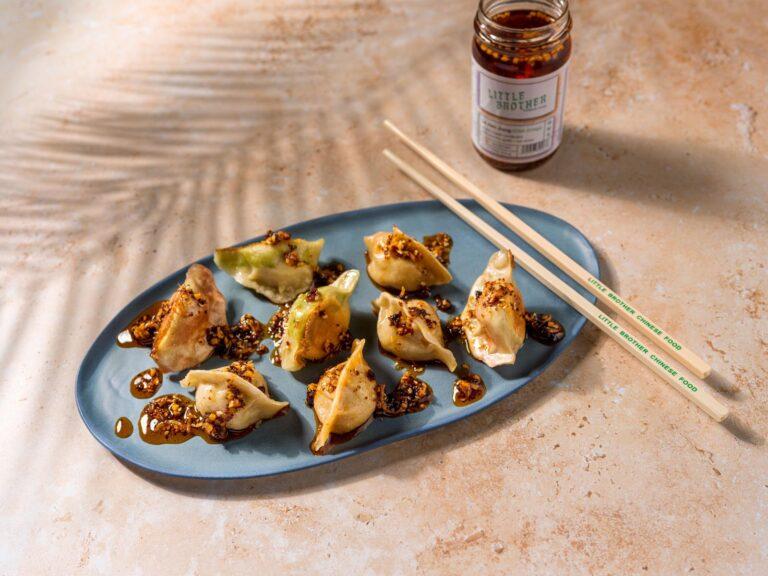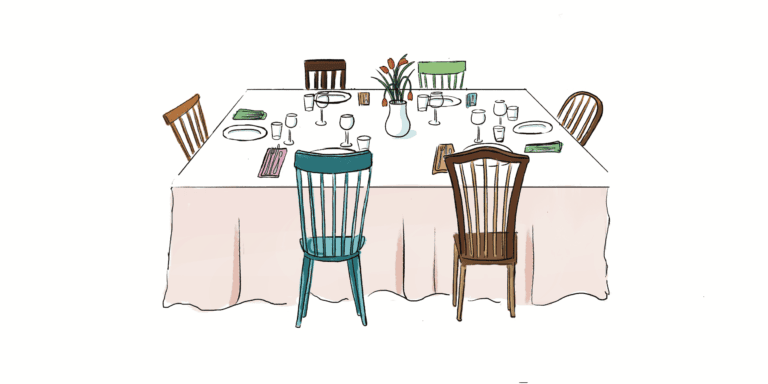Brant Dadaleares’ education on fine Maine dining began in the late 1980s when he washed dishes at chef Sam Hayward’s first restaurant, 22 Lincoln in Brunswick. Hayward, patriarch of farm-to-table fare in Maine, taught Dadaleares to recognize beauty, quality, taste, and texture in ingredients produced in the state’s challenging climate. He encouraged Dadaleares to go to culinary school and took the young aspiring chef—also a hearty, partying lead singer in a heavy metal band performing in Portland, Boston, and New York after work—under his wing at Fore Street Restaurant in Portland. Twice, actually. For the first stint, Dadaleares served as a newly trained line cook; for the second, he jumped to the pastry side of the kitchen, paving his way to opening Portland’s first (and still only) dessert-first-and-foremost restaurant, Gross Confection Bar.
Dadaleares sat down with edible MAINE editor-in-chief Christine Burns Rudalevige to chat about being in a band, staying in recovery, and enjoying all the things dessert can teach us. The conversation has been edited for length and flow.
What was the name of your first band?
Tripe. My brother was in a band called Mercy. We’d always listened to rock music together growing up, but it was intriguing to see him on stage. Around 1994, I was at a party, singing to the music in the corner of a room, chilling out. These two guys came over and asked if I’d ever thought about being in a band. I hadn’t but said I’d be down for it. Tripe was born. We were together for about five years.
How did you juggle that with restaurant work?
I was a 20-year-old crazy person. I’d work my shifts at Fore Street, then run to a gig. Sometimes we’d perform in Boston or New York on days off, but I’d always get back for my next shift. Working at Fore Street was always interesting because you rotate around the kitchen. One day I could be prepping hanger steaks or breaking down halibut, and the next day be on garde-manger plating tuna crudo and all the salads. I worked there for seven years, that first tenure. Bounced around a bit in other Portland restaurants from there and then came back again to work on the pastry side. But I was a raging alcoholic, a real mess. When I got my second OUI, I didn’t contest it because I’d done it. In recovery I stopped complaining about there not being a dessert-only restaurant in Portland and wrote a business plan to open one. Gross was definitely part of my recovery and part of my continued sobriety.
What do you think about when building a dessert?
Going back to Sam, he always stressed knowing the ingredients you were going to use in a dish. You don’t say, “I’m making cake. What’s in the house that will fit into the cake?” You start with the ingredient. Take a perfectly ripe peach. What flavors go with a peach? White chocolate’s fantastic, lemon verbena, black pepper, aged balsamic. How do I use those to show off the peach? What textures? You don’t want to screw too much with a ripe peach because it’s already perfect. A hundred percent, you want something crunchy to counter the ripe peach flesh. You also want to think about how temperature can play with the peach here. You can sear a peach in butter or grill it and preserve its texture while introducing a different color or some smoke. Having some of the peach in a near-natural state—like peaches tossed in a mint syrup—and something that you know is absolutely made from peaches but pushes the customer to think about peaches a little differently is educational for everyone.
What’s the most underrated ingredient in dessert production?
Salt. It needs to be in every dessert, so they are not overly sweet. Due to my savory background, I tend to make my desserts a lot less sweet than most people are expecting.
Is there any ingredient you won’t put in dessert?
I’m not going to do seafood. As a business, we need approachable menu items that first capture customers’ interest with something that is familiar, and then we can go off the beaten path with something else on the plate. For example, people know crème brûlée, right? We make a crumb brûlée. We caramelize the sugar on the custard, which is standard, but while it’s still bubbling, we sprinkle on a flavored crumb that sets into the caramel. We’ve had a lemongrass custard going with a ginger crumb and a bay leaf ganache garnish, for example. The familiar creaminess and caramelization are there, but we move off the path with the added texture and additional flavors.
Is the cheese plate on the menu to satisfy that person in your party that has no sweet tooth?
You need a savory element on the menu to get a liquor license, which I didn’t know until the inspector showed up. I had 10 minutes to call Will Sissle at The Cheese Shop of Portland and Oliver [Perkins] at A Small Good charcuterie in Rockport. Will promised to get me a mix of local and European cheeses … whole cuts I could slice myself. I make the sourdough and fun accoutrements like red onion jam or roasted scallion pickles. It started out as a business necessity, but I love it now. There is a lot to learn from a balanced cheese plate.













